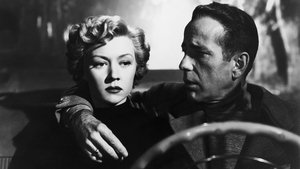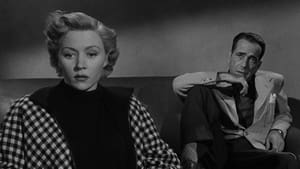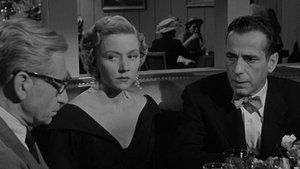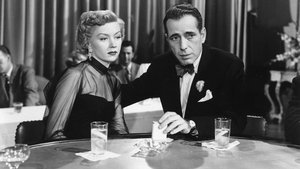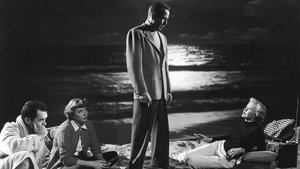Video Sources 0 Views
- Watch trailer
- In a Lonely Place 1950 Colorized

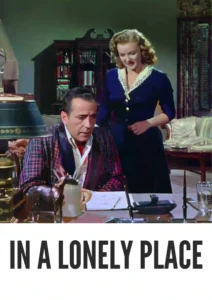
Synopsis
Table of Contents
Toggle
Immerse yourself in the world of psychological tension with In a Lonely Place, a riveting mystery thriller from 1950, now beautifully colorized for an unparalleled viewing experience. Directed by Nicholas Ray, this film showcases the dark side of fame and the fragility of trust, making it a must-watch for fans of classic cinema. The HD download presents this iconic film in a new light, inviting both seasoned viewers and newcomers to explore its gripping narrative.
In a Lonely Place follows the story of Dixon Steele (Humphrey Bogart), a troubled screenwriter with a violent past. After being accused of murder when his neighbor is found dead, Dixon finds himself entangled in a web of suspicion and deceit. As he navigates his tumultuous relationship with his girlfriend, Laurel Gray (Gloria Grahame), the line between innocence and guilt blurs.The film delves into themes of isolation, jealousy, and the impact of trauma on relationships. As Dixon’s paranoia escalates, viewers are taken on a suspenseful journey that keeps them guessing until the very end. The film culminates in a tense climax that highlights the psychological complexities of its characters, showcasing Ray’s masterful direction and Bogart’s powerful performance.
The film features a stellar cast that brings this intense story to life:
- Humphrey Bogart as Dixon Steele
- Gloria Grahame as Laurel Gray
- Frank Lovejoy as Detective Brub Nicolai
- Carl Benton Reid as Homicide Captain
- Martha Stewart as Mrs. Steele
In a Lonely Place is classified as a psychological thriller, blending elements of mystery and drama. Its exploration of the human psyche and moral ambiguity sets it apart from typical crime dramas, making it an enduring classic.
Released in 1950, In a Lonely Place stands as a significant entry in the film noir genre, reflecting the post-war anxieties of American society. The film’s portrayal of complex characters and moral dilemmas mirrors the existential themes prevalent in many noir films of the era. While it may not have achieved immediate commercial success, its reputation has grown over time, earning it a place among the greatest films in cinematic history.
This meticulously colorized version of In a Lonely Place has been restored using advanced digital techniques that enhance its visual storytelling while preserving its original atmosphere. The colorization process involved careful analysis of the original black-and-white footage to assign appropriate colors to each scene. This transformation breathes new life into the film’s characters and settings, making it more accessible to contemporary audiences while sparking discussions about the merits of colorizing classic films.
- : Nicholas Ray
- : Edmund H. North
- : The novel by Dorothy B. Hughes
- : Burnett Guffey
- : William H. Ziegler
- : Columbia Pictures
- : Columbia Pictures
- : 94 minutes
- : MP4
- : HD (1080p)
- : Compatible with most devices, including smartphones, tablets, computers, and smart TVs.
Over time, In a Lonely Place has garnered critical acclaim for its innovative storytelling and strong performances. While initially overshadowed by other films released during its time, it has since been recognized as an essential work within both the film noir genre and Humphrey Bogart’s illustrious career. Its exploration of themes such as trust and betrayal resonates with audiences today, ensuring its status as a timeless classic.
- : What is In a Lonely Place about?
- A: In a Lonely Place follows screenwriter Dixon Steele as he becomes embroiled in murder accusations while navigating his troubled relationship with Laurel Gray.
- : Is In a Lonely Place (1950) considered a classic?
- A: Yes, it is regarded as one of the greatest films in cinema history and an important example of film noir.
- : Is this version of In a Lonely Place colorized?
- A: Yes, this version has been professionally colorized to enhance your viewing experience.
- : What makes In a Lonely Place interesting for classic film fans?
- A: The film offers deep psychological insights into its characters and reflects significant themes relevant to its time.
- : What is the download format?
- A: The download format is MP4, compatible with most devices.
- : What resolution is available for download?
- A: The resolution is HD (1080p), ensuring high-quality viewing.
Watch In a Lonely Place Today!
